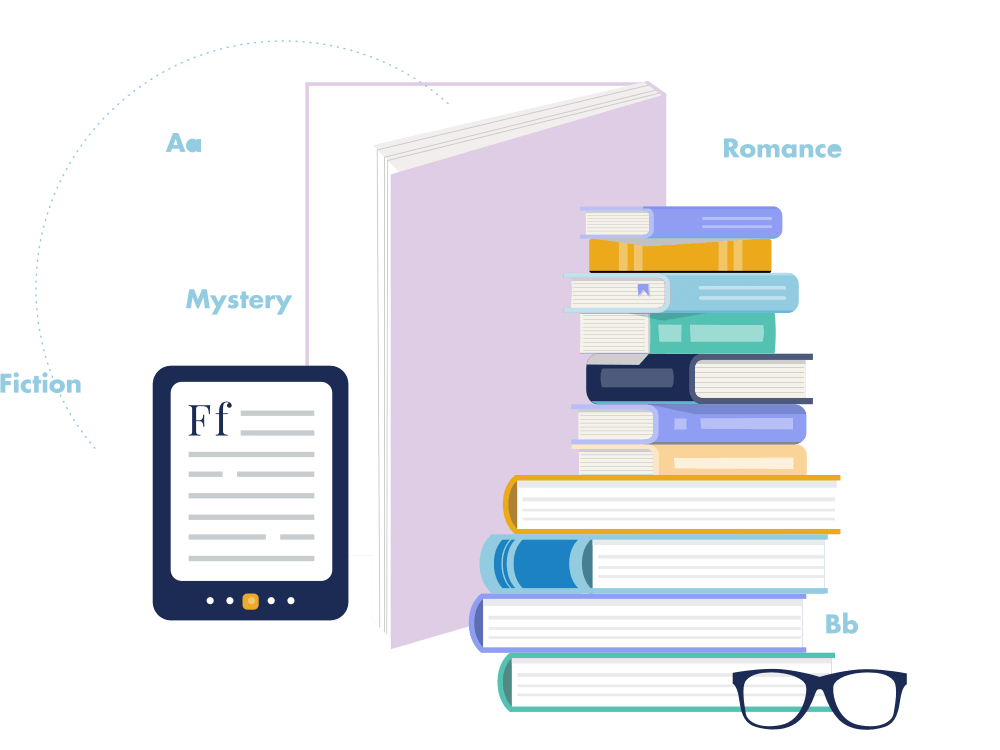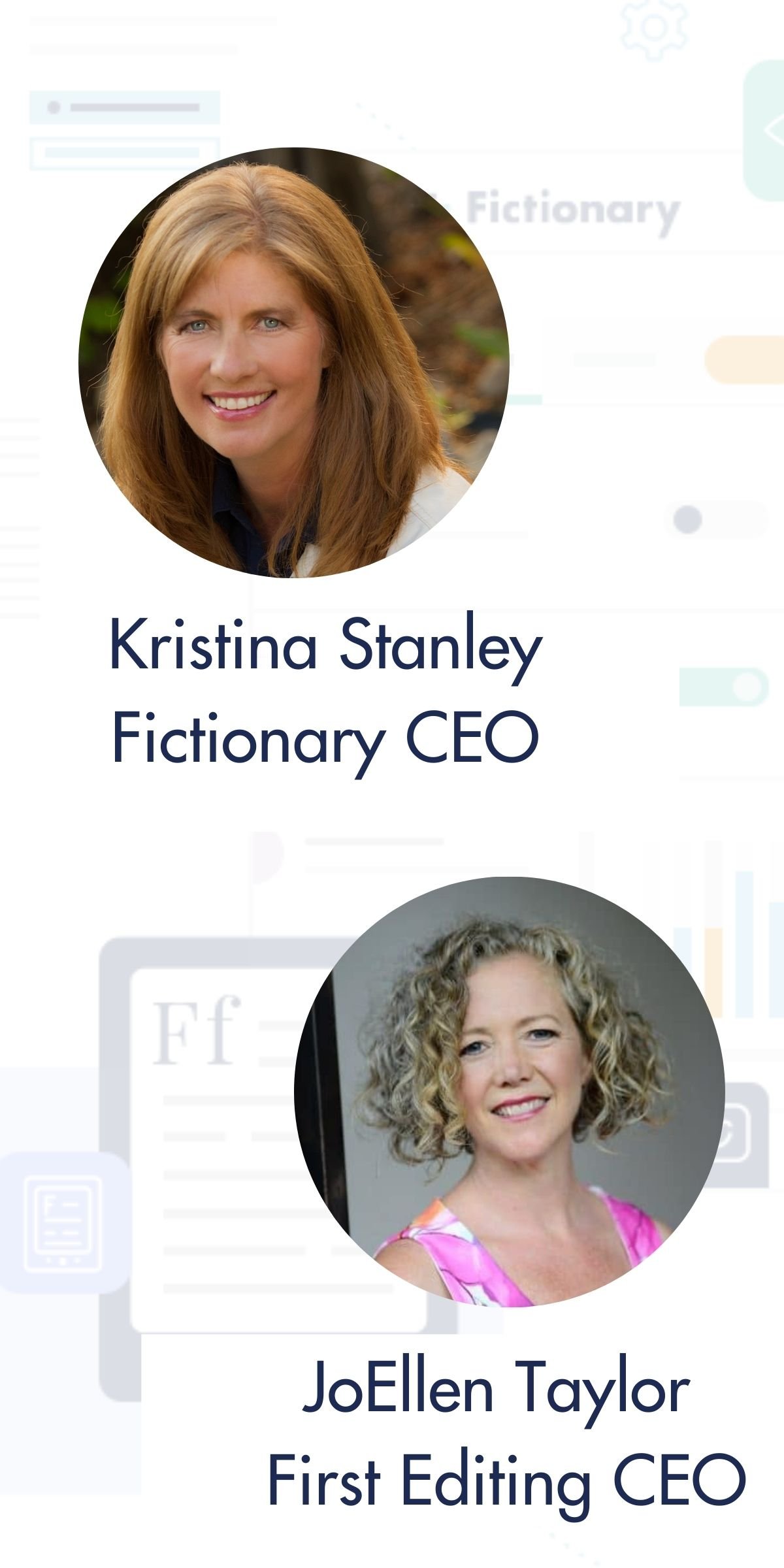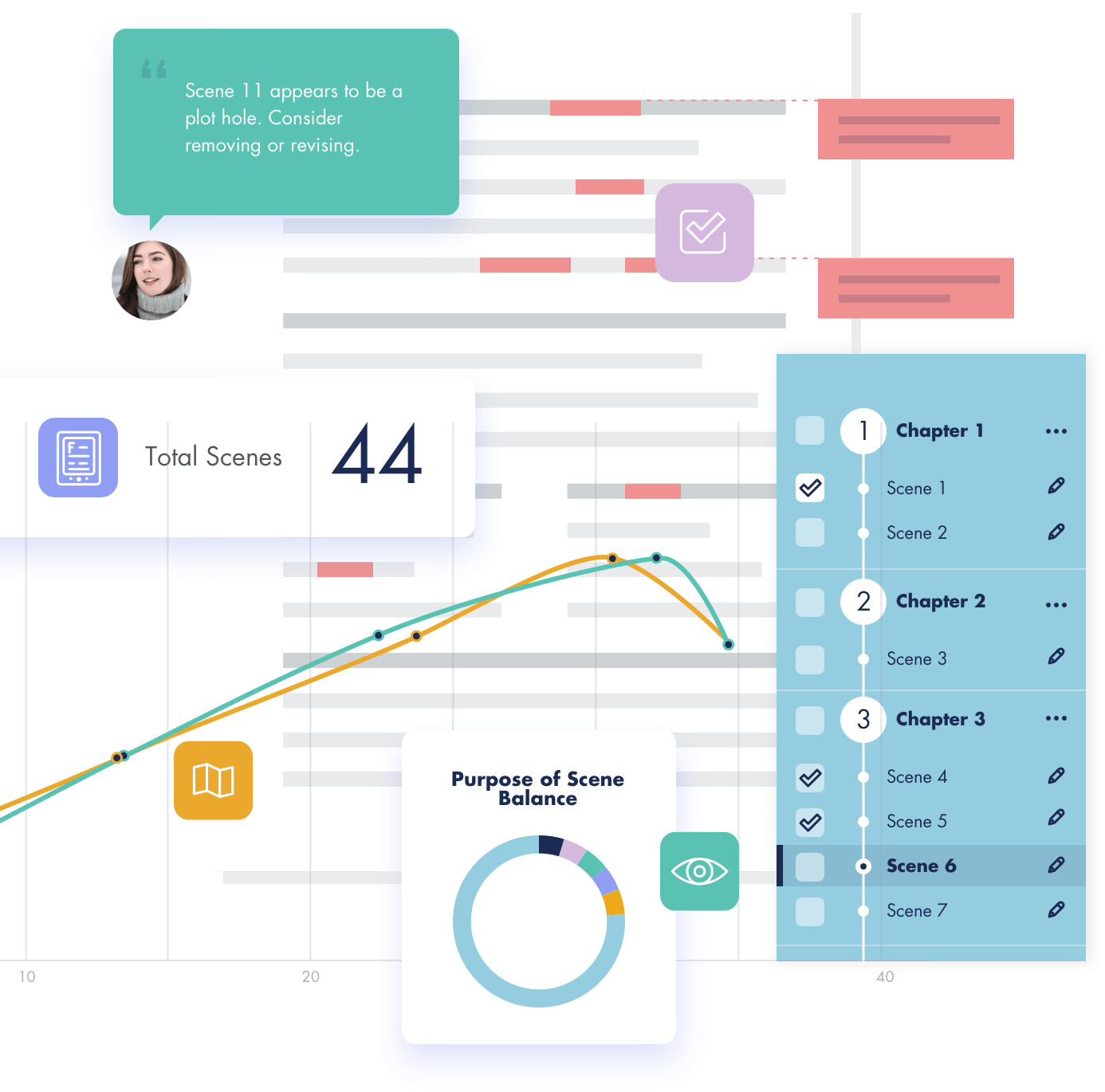
Story Element #2
What is the Narrative Point of View in Storytelling?
Choosing a point of view character is a promise to readers that they will experience the scene from that character’s perspective. And no one likes a broken promise, especially a reader.
Learn how to use the Point of View Story Element to engage readers in a story.
Next Story Element: Point of View Character Goal
![]()
Rather read than watch?
Video Transcript
I am so excited to continue the series we have on the elements of a strong story. And today we have with us Kristina Stanley, who is co-hosting with me.
We’re talking about the different character story elements. And today we’d like to talk to you about point of view. Tell us a little bit about point of view.
Kristina
Alrighty. So we’re going to jump right in here. We’re talking about scene-by-scene editing, and we’re looking at every scene in a story, whether you’re a writer or you’re an editor doing somebody else’s novel.
For each scene you want to look at who is the point of view character. So when a point of view character is chosen for a scene, it’s a promise to the readers that they’re going to experience that scene from that character’s perspective.
So I want to reiterate, it’s a promise to readers, so you don’t want to jar them out of the story. Changing point of view can cause confusion. It forces you to use extra words, so you can describe who is doing any actions or thoughts. And it can also jar the reader from the story.
We’re going to talk about those things in a little bit more detail, so that when you’re doing your point of view review, you have some things that are actionable for you.
JoEllen:
I think it’s really important that they need to be consistent. I mean, this is where as an editor, you need to be consistent in screening through all of the book to make sure that it is continuous in that way, but also as a writer to go back in and question yourself again and again. Am I really giving that right perspective as we go?
![]()
Tips for Working on POV
JoEllen:
So how, how do we use the point of view? How do we incorporate this in an easy way to check on this?
Kristina:
Right. So the first thing is to choose who has the point of view for each scene.
And we talked a little bit about this in an earlier video that we did is that you’re going to be looking at characters, plot and setting, and then your structure.
And so you’re going to do a first pass of your story, and you’re going to have a point of view for each scene. And once you’ve done that, then you’re going to go back and you’re going to look at the overall structure and ask yourself: Does that choice of point of view character make sense in the story you ended up with?
And let’s face it. We all write stories where maybe we don’t end up with what we thought we were going to end up with.
So it must be reviewed at two points in your in your revision process.

![]()
An Example
JoEllen:
So we’re doing the point of view and they’re using it effectively. Can you give us an example of some advice that a writer might receive from an editor in regard to the point of view?
Kristina:
Yeah. So when your editor reviews your story, they’re going to review it scene-by-scene and the overall structure. And once they have the overall structure, the first thing they’re going to look at is does the protagonist to have the greatest number of scenes for point of view?
And if the answer is no, is that the right protagonist for the story?
Maybe the answer is yes, it is. So therefore, some other scenes need to be rewritten, and the editor will help you look at that and say, okay, these are the potential scenes that could be rewritten from the protagonist’s point of view, so that the balance is right.
So that’s the highest level of advice an editor should be giving for your overall story.
JoEllen:
That’s amazing. And that’s, I mean, that’s really good because we do have to look at it, but it’s really fantastic that it almost fits into a mathematical equation.
It’s a template. So once you know your scenes and you know your characters, how are they fitting into those and are they getting the exact amount of exposure and perspective that we need. Perfect.
![]()
Form versus Formula
Kristina:
Yeah. And, you know, that’s an excellent point. So here’s the thing, story editing is a mixture of creative art and technical knowledge.
And it’s always about form and not about a formula.
And so a strong editor will understand if, for example, where I said, you know, the protagonist should have the most number of scenes. Well, what if the story works the way it is?
So what the editor’s job is to assess, okay, so they didn’t have the most number of scenes, but the way the story is written and balanced throughout with other point of view characters, it totally works. So don’t change it versus, okay I didn’t quite get who the protagonist was, which tells the writer the balance is off.
And so the story editing is really the hardest form of editing because it takes in artistry and technical knowledge.
And the key thing to remember is it really is form not a formula.
So you need to take all of the advice in that context.

Creative Art and Technical Knowledge
Kristina:
Yeah. And, you know, that’s an excellent point. So here’s the thing, story editing is a mixture of creative art and technical knowledge.
And it’s always about form and not about a formula.
And so a strong editor will understand if, for example, where I said, you know, the protagonist should have the most number of scenes. Well, what if the story works the way it is?
So what the editor’s job is to assess, okay, so they didn’t have the most number of scenes, but the way the story is written and balanced throughout with other point of view characters, it totally works. So don’t change it versus, okay I didn’t quite get who the protagonist was, which tells the writer the balance is off.
And so the story editing is really the hardest form of editing because it takes in artistry and technical knowledge.
And the key thing to remember is it really is form not a formula.
So you need to take all of the advice in that context.
JoEllen:
Right. So there’s no hardcore facts, but there’s definitely new ways to evaluate it, to make sure we’re not overlooking everything. And that’s what is brilliant about this. So I’m so excited to be doing story editing together. We were very excited that we have our story editors at First Editing. So again, take a look at your point of view folks and see if yours matches up with what you want it to be in your story.
Kristina:
So I hope this helps. I’m just going to leave everyone with an action is to go through your story, whether you’re the editor or you’re the writer and list the point of view character for every scene.
And that will put you in the right frame of mind for actually reviewing the point of view characters.
JoEllen:
Perfect. We’ll see you again next week.


